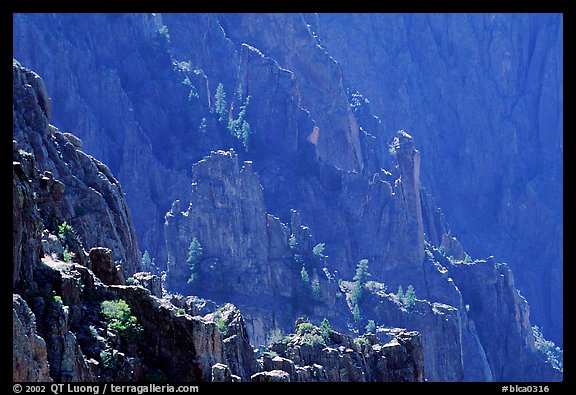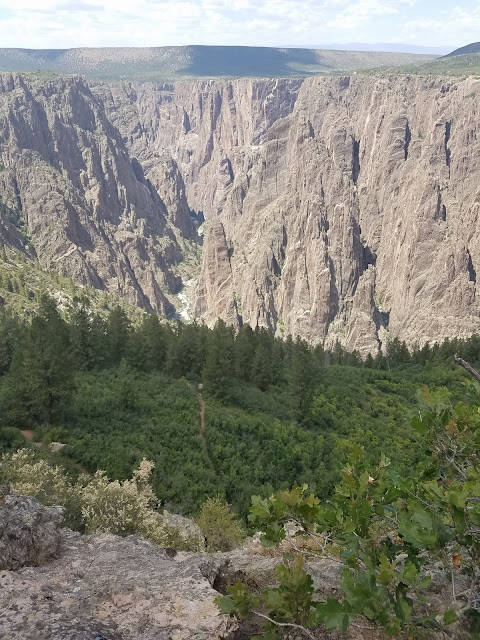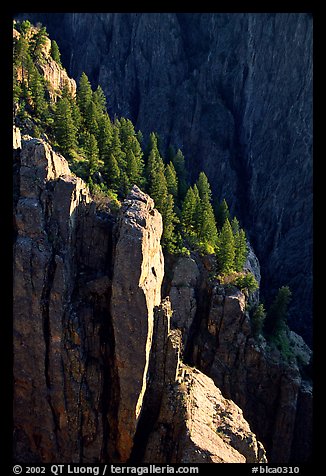Here's a slew of public figures getting accused of sexual assault and sexual misconduct, some of which happened YEARS ago. Why is this all coming to light at the same time? Here are perspectives that have been shared with me. Is it trendy all of a sudden to accuse someone of sexual assault? Is everyone jumping on the bandwagon to profit from this? I can see why that would be the immediate reaction from many people.
Harvey Weinstein triggered this flood. Because when these women saw Harvey Weinstein actually suffer repercussions for his actions, they were like omg. We are finally living in an age where even men with this level of power and fame in Hollywood can get punished for assaulting women!
"Why the hell did they wait so long to speak?"
I can't directly answer this question without telling a story with it, to illustrate.
My second year of college, I was raped by a good friend-we'll call him J. I'd known J since high school. He never suffered repercussions for it- legally or whatnot. And since he was a friend, someone who I'd liked and admired, my brain did not know how to process the event. It wasn't until years later, when I described what happened to a friend and they told me 'uh yeah, you got raped. That's rape.', that I could even bring myself to call it 'rape'.
Yup, I couldn't even use the word. Instead I said things like, "I was taken advantage of".
I had all kinds of mental gymnastics.
"Isn't rape done by a stranger and not a friend? J wasn't violent. He didn't beat me, or rough me up even. I was blackout drunk, so maybe he thought it was okay because I wasn't struggling."
It was New Year's Eve, and a small group of friends were gathered in J's apartment. I drank too much and passed out on the couch. It got really late, and one by one all my friends left, including the one who had given me a ride there. Then when I was the only one left, J went to the couch and picked me up. I was mostly gone, sedated from the alcohol, my body limp, the room spinning. But through the murkiness of my drunken stupor I felt his arms lifting me up and carrying me, and moments later I was on his bed, where he proceeded to take off my clothes, put his mouth on different places of my body, and put his penis in my mouth, all the while whispering to me that I was dreaming. I can still hear his voice in my head.
And afterwards, J gave me a ride home and told me not to tell anyone. And I just kept replaying all that in my head the next day, wondering how I was supposed to feel about this. What my good friend had done was not in line with how I felt about him.
I didn't tell any authority figures, and I didn't press charges. I told a few close friends, some of them who didn't seem to believe me completely and others who expressed a lot of sympathy but continued to be his friend. And I was confused and angry for a long time.
I began to question myself, feeling like I was a piece of shit and somehow responsible for what happened. He was a good person, right? And respected and liked by our social circle, most of whom I fell out of contact with and never see or talk to anymore. I didn't entirely blame myself, but I convinced myself I had at least done something wrong to land myself in that situation so I didn't feel it was worth even going public with.
So there's the answer. Why did these women keep silent about this for so long?
Being sexually violated by someone who you trust and admire fucks with your head big time.
Being sexually violated by someone who is trusted and admired by everyone is fucking paralyzing.
It's been more than 10 years. I feel like at this point, I'm emotionally detached from the experience enough to think about it without feeling much of anything. So why am I writing about it now? Because I feel like for the first time, I can also see it clearly in context of what's happening right now, with all these women coming forward.
Obviously, not everyone experiences things the way I do, or processes them the way I do. And there is a whole lot of grey area between sexually assaulting someone or raping someone, and just being creepy. But I imagine many of these women may have been in a similar place that I was in, feeling fucked up and having so many self-doubts for so many years, that they used those same mental gymnastics and coping tactics to keep it inside and just move on with life. And the more time that passes, the less you feel like you can really do about it. And after enough time has passed, you don't really want anything except for someone to hear the truth and acknowledge that it happened.
After all this time, I think I've finally forgiven J, though I doubt I'll ever talk to him again. But if J ever became famous, and a public figure, and I had to hear about him at parties and see his face every time I opened Reddit or Netflix, god fucking knows I would come public about that shit.
This isn't a graceful conclusion to this post, and I don't even care that it isn't that well written. These are just my thoughts as I was able to get them out, and I can only hope that it can help someone out there who may be asking these same questions.
Harvey Weinstein triggered this flood. Because when these women saw Harvey Weinstein actually suffer repercussions for his actions, they were like omg. We are finally living in an age where even men with this level of power and fame in Hollywood can get punished for assaulting women!
"Why the hell did they wait so long to speak?"
I can't directly answer this question without telling a story with it, to illustrate.
My second year of college, I was raped by a good friend-we'll call him J. I'd known J since high school. He never suffered repercussions for it- legally or whatnot. And since he was a friend, someone who I'd liked and admired, my brain did not know how to process the event. It wasn't until years later, when I described what happened to a friend and they told me 'uh yeah, you got raped. That's rape.', that I could even bring myself to call it 'rape'.
Yup, I couldn't even use the word. Instead I said things like, "I was taken advantage of".
I had all kinds of mental gymnastics.
"Isn't rape done by a stranger and not a friend? J wasn't violent. He didn't beat me, or rough me up even. I was blackout drunk, so maybe he thought it was okay because I wasn't struggling."
It was New Year's Eve, and a small group of friends were gathered in J's apartment. I drank too much and passed out on the couch. It got really late, and one by one all my friends left, including the one who had given me a ride there. Then when I was the only one left, J went to the couch and picked me up. I was mostly gone, sedated from the alcohol, my body limp, the room spinning. But through the murkiness of my drunken stupor I felt his arms lifting me up and carrying me, and moments later I was on his bed, where he proceeded to take off my clothes, put his mouth on different places of my body, and put his penis in my mouth, all the while whispering to me that I was dreaming. I can still hear his voice in my head.
And afterwards, J gave me a ride home and told me not to tell anyone. And I just kept replaying all that in my head the next day, wondering how I was supposed to feel about this. What my good friend had done was not in line with how I felt about him.
I didn't tell any authority figures, and I didn't press charges. I told a few close friends, some of them who didn't seem to believe me completely and others who expressed a lot of sympathy but continued to be his friend. And I was confused and angry for a long time.
I began to question myself, feeling like I was a piece of shit and somehow responsible for what happened. He was a good person, right? And respected and liked by our social circle, most of whom I fell out of contact with and never see or talk to anymore. I didn't entirely blame myself, but I convinced myself I had at least done something wrong to land myself in that situation so I didn't feel it was worth even going public with.
So there's the answer. Why did these women keep silent about this for so long?
Being sexually violated by someone who you trust and admire fucks with your head big time.
Being sexually violated by someone who is trusted and admired by everyone is fucking paralyzing.
It's been more than 10 years. I feel like at this point, I'm emotionally detached from the experience enough to think about it without feeling much of anything. So why am I writing about it now? Because I feel like for the first time, I can also see it clearly in context of what's happening right now, with all these women coming forward.
Obviously, not everyone experiences things the way I do, or processes them the way I do. And there is a whole lot of grey area between sexually assaulting someone or raping someone, and just being creepy. But I imagine many of these women may have been in a similar place that I was in, feeling fucked up and having so many self-doubts for so many years, that they used those same mental gymnastics and coping tactics to keep it inside and just move on with life. And the more time that passes, the less you feel like you can really do about it. And after enough time has passed, you don't really want anything except for someone to hear the truth and acknowledge that it happened.
After all this time, I think I've finally forgiven J, though I doubt I'll ever talk to him again. But if J ever became famous, and a public figure, and I had to hear about him at parties and see his face every time I opened Reddit or Netflix, god fucking knows I would come public about that shit.
This isn't a graceful conclusion to this post, and I don't even care that it isn't that well written. These are just my thoughts as I was able to get them out, and I can only hope that it can help someone out there who may be asking these same questions.










